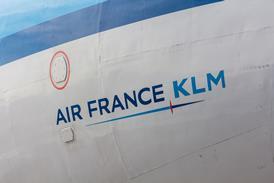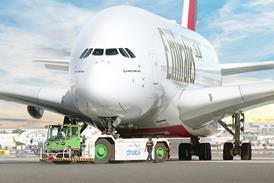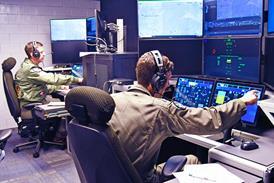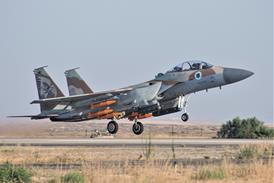The US Navy will start follow-on flight testing of new software for the Boeing F/A-18E/F Block II Super Hornet in the middle of this year, incorporating corrections for performance issues with the fighter's Raytheon APG-79 active electronically scanned array radar.
Capt Donald Gaddis, F/A-18 programme manager at US Naval Air Systems Command, says the new release, designated H4E, will also include enhancements to the aircraft's electronic-attack capabilities using the AESA radar.
Shortfalls in AESA performance were flagged this year by a USN report on operational evaluation testing carried out in 2006. The report cleared the radar for ongoing pilot training, but said further work was required for operational deployment, including modifications to some within-visual-range air combat modes. "We have several short-range ACM modes," Gaddis says, "but the operational testers saw things we could improve on."
Speaking at the Australian International Air Show at Avalon last week, Gaddis said the operational evaluation report contained "absolutely zero surprises". He says the report "did a very good job of evaluating where AESA was last year. Since then we have the new software, which has been in flight test since September." A follow-on test is scheduled in mid-year before first deployment.
Gaddis says: "The operational evaluation also said to me as a programme manager and to the navy to continue what you are doing - don't stop the programme, continue the software update that is going into the AESA jets prior to first deployment. First deployment is not until 2008. This operational evaluation period was in 2006. We had a development programme already scheduled for AESA and we are on that schedule."
AESA-specific elements of the H4E release will contain "some built-in test software fixes. We are going to put in some fixes to enhance its short-range air combat manoeuvre modes, and some software fixes to enhance its reliability." H4E will also support upgrades to the navigation system, and integration of the BRU-55 weapons rack to allow simultaneous carriage of 10 Boeing JDAMs.
It will also facilitate transfer of precision targeting data from the AESA radar via Link 16 to less capable aircraft carrying JDAMs. "This capability is going to be fielded this summer," Gaddis says.
Source: Flight International























